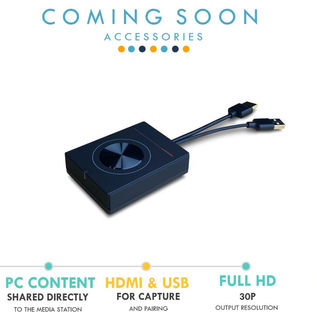top of page

NEWS
our latest updates


Case Study: AREC in the Pioneers Palace – a major cultural and historical landmark of Almaty.
Dear ADENA Partners, this month’s case study focuses on the grand Pioneers Palace in Almaty, Kazakhstan. Our distributor, STEPLine , has completely remodelled the main conference hall of this educational institution, equipping it with modern AV technology for conferencing, recording, and streaming from AREC, BXB, AUDAC, MAXON, and other leading brands. Read on to discover more about the solution in the story below. The Almaty Pioneers Palace was established in 1983 to provide
Nov 63 min read
Search


Feb 24, 2022
bottom of page
.png)














